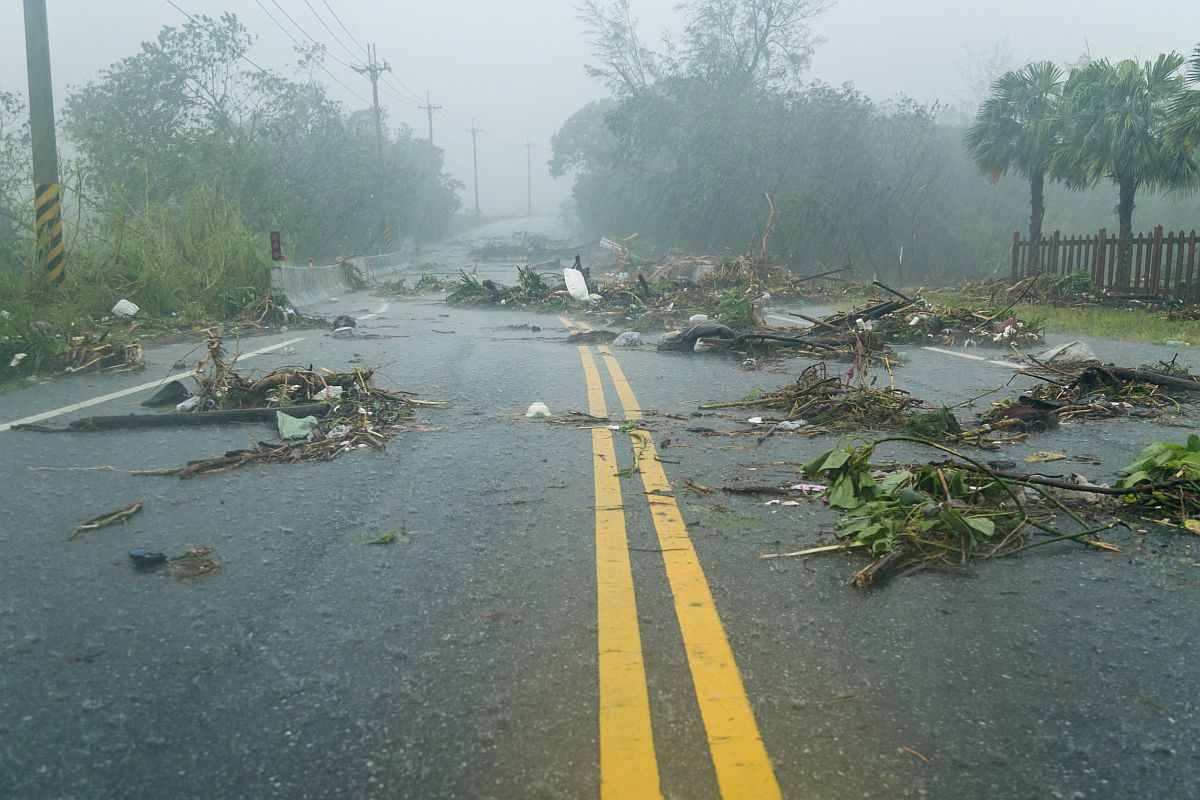How Inflation Impacts Insurance Coverage, Products and Policies

Although the rate of inflation eased in August 2022, the topic continues to make headlines — and for good reason. Inflation is still climbing, battering consumer confidence and undermining insurers’ strategies for managing coverage costs.
A McKinsey survey of U.S. consumers found that 65 percent of respondents named rising prices and inflation among their top three concerns, write Tamara Charm and fellow researchers. Insurers are similarly concerned, as inflation erodes income by making coverage more costly — and by leaving millions of customers underinsured.
Although the Federal Reserve is taking steps to curb inflation, its effects are likely to impact insurers’ work for some time. Here’s what carriers need to know.
The State of Inflation
Inflation rates have hit historic highs in 2022. The Bureau of Labor Statistics estimates an 8.3 percent increase in the consumer price index between August 2021 and August 2022 — a number not seen since the late 1970s and early 1980s when oil prices surged.
The BLS gauges inflation by tracking prices on several different goods, from bacon to rental housing. The prices of items more relevant to P&C insurers, however, are increasing at even faster rates than standard consumer goods. For instance, the cost of lumber went up 22.7 percent in 2021, while the cost of used vehicles rose 40.5 percent, write Bill Burns and Lauryn Kothavale in an article for Insurance Thought Leadership.
Increasing inflation increases the risk of underinsurance. As the costs of building materials, motor vehicle parts and other goods increase, an insurance policy’s limits cover fewer goods and services required to restore a vehicle or building to full function after a crisis. Insurance coverage that offered adequate protection in 2019 or 2020 may not be enough to cover a customer’s needs today.
Building materials have been hit particularly hard by the recession. “This comes on the back of Covid-19-induced inflation caused by supply bottlenecks due to factory closures, port restrictions, shipping congestion, container shortages and worker absences,” writes Michael Kay, head of the retail practice group at Lockton. For example, iron ore increased 88 percent in price between 2021 and 2022. Prices for steel and plaster have increased 20 to 30 percent.
Catastrophic weather and natural disaster events have increased in recent decades, and they will continue to do so. “If the values being insured are not up to date and have become significantly understated due to inflation, the result can be unpleasant surprises at claim time as well as impacts on insurers’ abilities to allocate capacity at renewal,” writes Alex Wells, head of U.S. middle market for Zurich North America.
“For insurers, the main inflation impact will show in rising claims costs,” write Fernando Casanova Aizpun, et al. at Swiss Re. They predict that auto and liability coverage, including bodily liability, will see the sharpest increase in claims costs.
Nonetheless, the Swiss Re team remains hopeful that insurance as a whole will see stronger economic growth. As insurers adjust to the state of inflation, bringing premiums in line with claims costs, they stand to continue their growth even in challenging economic times.

Inflation’s Impacts on Insurance Distribution
The first place insurers should expect to see inflation’s effects is in claims. As insurers adjust to rising claims costs, changes will occur in distribution as well.
Projected changes on the distribution side include:
- Underwriting. To address inflationary impacts, insurers are likely to reconsider how they underwrite policies. These changes will include not only how premiums are priced, but also how policies are worded to address the most inflation-sensitive items and losses, such as building materials.
- Data demand. Insurers with more data have more opportunities to understand the effects of inflation and to respond with accurate pricing and value-driven customer offerings. Access to real-time pricing information is essential.
- Relationship building. Insurers that have strong ecosystem relationships with non-insurers and related carriers have access to more information. They also have an opportunity to build customer loyalty by providing the best insurance recommendations tailored to each customer’s needs.
These three areas of focus are not new to insurance companies. “The insurance industry faced challenges to profitability even before the pandemic, and the sudden unexpected spike in inflation has only added to them,” write Kia Javanmardian and fellow researchers at McKinsey. Javanmardian estimates that inflation added about $30 billion to the cost of insurers’ coverage of claims in 2021.
As economic uncertainties continue, however, insurers are likely to revisit these three topics in new ways. Not only will insurers need to explore their own underwriting, data access and relationships, but they’ll also need to leverage these tools to communicate effectively with customers.
Convincing customers to embrace higher premiums poses a challenge in an era of high prices. Customer confidence is declining as inflation continues, leading to greater pessimism about pricing and coverage needs. To embrace higher prices, customers will need to see the value they receive in return.

How Insurers Can Navigate Inflation Successfully
One way to boost customer confidence and trust is to be frank about inflation’s impact on underinsurance.
While underinsurance factors can be complicated to track, communicating how underinsurance happens and how to address it can be quite straightforward. Inflated prices make building materials, auto parts and skilled labor more expensive. When these costs go up, policy limits may not cover everything needed to restore a car or building to its usual functions.
Many insurance experts are already counseling customers to review their insurance policies to ensure they have adequate coverage and to discuss their options with an insurance agent or carrier. In particular, “hurricane season is projected to be very active again this year and pre-season storms are not uncommon, so do not delay in reviewing and updating your insurance policy,” advises Karen Collins, assistant vice president of personal lines at the American Property-Casualty Insurance Association (APCIA). APCIA also recommends that customers reconsider whether they might need flood insurance.
An APCIA study indicates that insurance customers may need carriers’ and agents’ help to understand the effects of inflation on their coverage. According to APCIA:
- Up to 67 percent of homeowners may not have the necessary coverage in the face of record inflation.
- Only 30 percent of insured homeowners have adjusted their coverage to account for the rapidly rising costs of construction materials.
- While 40 percent of homeowners updated their insurance coverage after a renovation or remodel, that number is dangerously low.
Additionally, some 63 percent of homeowners told APCIA that they don’t have annual inflation adjustment coverage or they don’t know if they have such coverage. And only 36 percent have reviewed their homeowners’ insurance policy within the last year.
These numbers represent a serious underinsurance risk among P&C insurance customers. Yet they also represent an opportunity.
Insurers that devote their energy to educating and informing customers can provide two benefits:
- Customers will understand the need to increase their insurance coverage.
- Customers will be more likely to accept price changes and to embrace upselling or cross-selling efforts by insurance agents.
To address inflation, be transparent with customers about its effects on their coverage. Focus on customers’ needs for better coverage and insurers’ ability to provide that coverage.
Images by: plotulit/©123RF.com, imagesbykenny/©123RF.com, flynt/©123RF.com